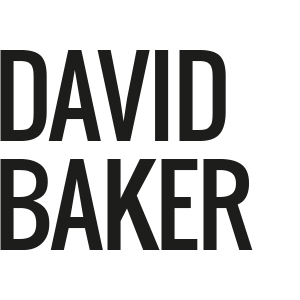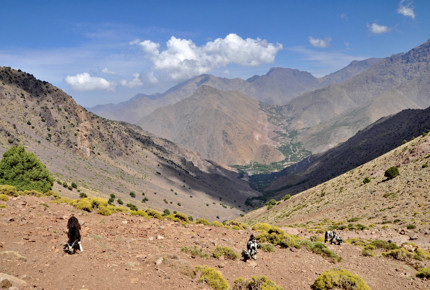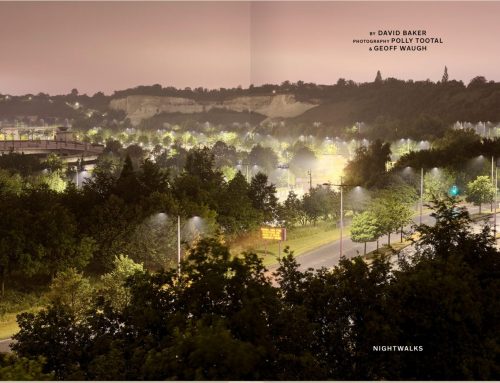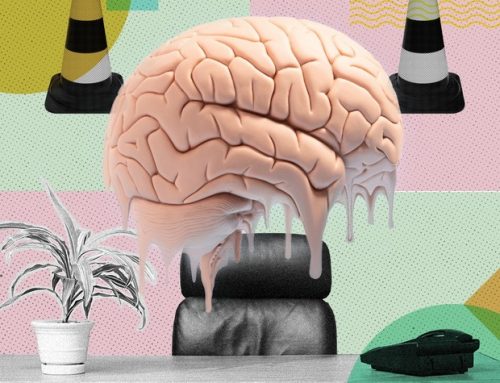David Baker set off to conquer the Atlas mountains. He almost succeeded
Four Seasons magazine, Spring 2014
After the bustle of Marrakech, the little village of Imi Oughlad, in the foothills of the High Atlas mountains, is a breath of fresh air – literally, in fact, thanks to the cool breezes that come down from the mountain peaks around it. Just one and half hours’ drive south of its sprawling, gaudy neighbour, Imi Oughlad is in an epoch all of its own. There are cars and trucks, but most travelling and carrying is done by mule. The muezzin calls out five times a day, but here it is a simpler sound that echoes through the lush, green valley. And instead of the vibrant urgency of Marrakech’s Djemaa al Fna and spice-scented souks, the place has a languidity and dreaminess, as if to say, “These mountains have been here for 65 million years. What’s the rush?”
I am here with Hamid, my Berber guide, his friend Lahcen, who will be cooking for us, and Lahcen’s mule (“She has no name”) who will carry our equipment on a four-day trek up into the Atlas’ peaks. Our goal is Toubkal, at 13,671 feet the highest point in North Africa, and this late in the year – it is mid October – we can see that it is already dusted with snow.
I am not really a mountain person. I like my holidays at sea level, preferably by the sea itself. But, a few years ago, I went walking in the Picos de Europa mountain range in northern Spain, and discovered there a sense of calm and solitude that was new to me. So, when I said goodbye to some friends I had been travelling with through Morocco, I decided to see if I could repeat that experience in these mountains, 1,100 miles further south and 20 degrees hotter, but just as old and, for a beach bum like me, just as alien and unsettling. For there is nowhere I know better at making us realise how tiny we and our short lives are, than a mountain range. Deserts and oceans we feel we can conquer. Mountains conquer us.
We set out mid-morning. The sun was high and I was already down to a t-shirt. Hamid led with a fairly brisk pace. The mule ambled behind. The road we were following became a track, then a path and then something less: the dried out bed of a stream that would come to life next spring when the snows started to melt. And as we tramped along, already dwarfed by the dusty, brown slopes on the range, Imi Oughlad became smaller and smaller until, turning a corner, we lost sight of it entirely.
This was thirsty hiking. The sun was fierce and, out of the valleys, the only vegetation was sharp-leaved and rugged. Every so often we would find a spring, running perfectly clear, where Hamid and Lahcen would fill up their water bottles. I longed to join them but they wagged their fingers and said, “Pas pour vous”, not for us foreigners, our stomachs still unfamiliar with the local bug life. I had to make do with the bottles of Sidi Ali spring water that I’d loaded up on down in the valley, a poor substitute but a wise one.
After a couple of hours of zig-zagging upwards, tracing the invisible contour lines of the rock, we reached the Tizi n’Test pass. Under a tree that gave us a vantage point over two spectacular valleys, Hamid laid out a blanket, where I sat as they made lunch. The Atlas divides Morocco in two. Behind us was Marrakech, Imi Oughlad and the Morocco of the Mediterranean. Ahead, less than a day’s walk way, was the start of the Sahara desert, a vast expanse, the size of the United States, stretching down into Mali and Niger, and eastwards Egypt, Chad and the Red Sea.
Lunch was chopped salad, tuna, vegetables, olives, bread and fruit, our staples for the trip, to be topped up every so often with chicken couscous – Morocco’s equivalent of a burger – or eggs. I thought we would be eating together. But Hamid and Lahcen stayed a little further off, chatting in Berber and smoking cigarettes so, like a sultan, I ate by myself on my blanket until I was stuffed. The portions were huge and, slightly awkwardly for me, Hamid and Lahcen happily tucked into my leftovers. We dozed a while and then set off down into the Azaden valley.
This is not luxury travel. In fact I don’t think it is possible to hike the Atlas in a luxury way. And the going is often hard. (By comparison, those steps that run up and down the Inca Trail in Peru feel oddly urban.) But it is never a drag. The mountain peaks loom magnificent (and impossibly high) ahead of you, and in the valleys you pass through Berber villages where men tend apple orchards and women squeeze past, with children in tow and huge bundles of grass on their backs for fuel and weaving.
We slept that night in a simple guest house in the village of Ait Aissa. After an early dinner, the three of us watched the sun disappear over the ridge. And I kept the window in my bedroom open to look at the stars until it became too cold and I had to burrow myself deeper into my sleeping bag. The last thing I heard as I fell asleep was the bleating of some mountain goats as they scampered down the hillside behind us.
The Tizi n’Test pass is at 6,900 feet, a good climb for our first day in the mountain. And for the next two days we built on that, reaching Tizi Mzik (8,800 feet) on day two and, by the end of the third day, the refuge of Toubkal itself, 10,000 feet above sea level and a long way from the balmy doziness of Imi Oughlad. By now we had fallen into a lazy rhythm, Hamid a little ahead, me in the middle, Lahcen and the mule behind, all of us in our own little reveries. The thoughts you have in a state of solitude are different from those when you are with others. They are less encumbered by the need to make an impression. And I think they are more honest. As i walked, I made a checklist of things to do at home, little adjustments to make to my life, and that felt good. But I also enjoyed not thinking, just feeling the rhythm of my walking and allowing it to lull me into a gentle reverie. This was what I had been looking for. Something that, in the city, is all too hard to find.
The Toubkal refuge is where climbers stop to prepare for the final ascent on the summit. It sleeps maybe 100 people and it was a strange to be back in company again. But I was also beginning to realise that I might be nearing the end of what I was able to do. It was very cold now, especially when the sun disappeared behind the peak, and the wind was sharp and relentless. And I began to feel the effects of the altitude: a thin, whiny headache, a general feeling of malaise, that sense of discouragement that lands on you. That night I slept badly.
We set off, Hamid and I, at 5am, with the aim of reaching the summit in time to watch the sun rise over the Sahara. But the going was hard. It was pitch black and in the light of our torches I could only see about three feet in front of me. I was intently aware of the cliff edge, just a couple of feet to my left, a serious drop. This was all new to me and it didn’t feel good. We pushed on, the trail becoming less and less friendly, and me becoming more and more unsure, until, about an hour in, concentrating so much on my feet, I hit my head on a rocky outcrop and had to sit down. Hamid was philosophical – ”There are rocks everywhere,” he said, with a shrug – but I knew I had reached my limit. As we looked up at the stars, silhouetting the peak ahead of us, I asked him what the rest of the climb was like. He made a near-vertical gesture with his hand and said we’d need a couple of hours more, “plus dur,” harder than this. I decided to call it a day. We turned round and set off back down to the refuge.
My goal had been to walk to the highest summit in the Atlas and I hadn’t made it. But, on the way down, I felt strangely exhilarated and I realised that I had reached a kind of summit inside me. I had pushed myself far out of my comfort zone in so many ways and I had understood when I had gone far enough. On the way down we met climbers coming up and they asked me if I had already been to the top. “No,” I said, “I reached my limit.” They smiled, congratulated me and I felt proud.






